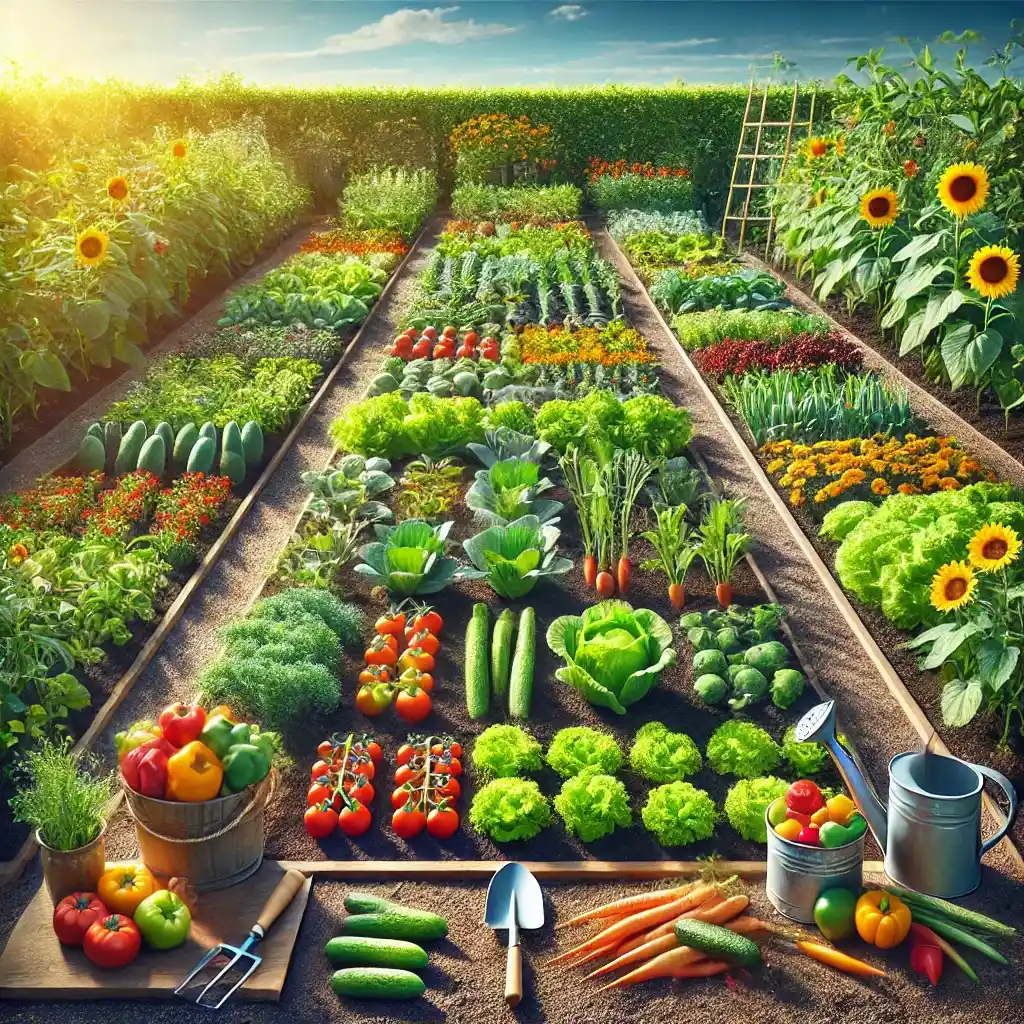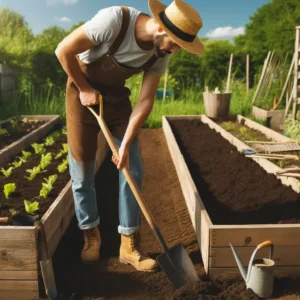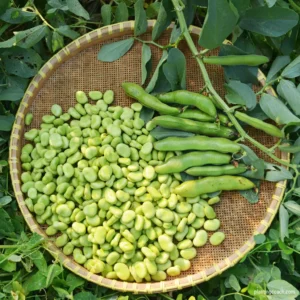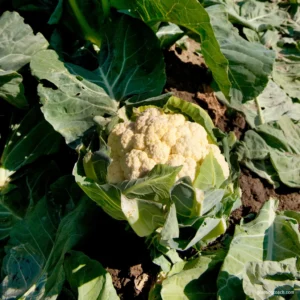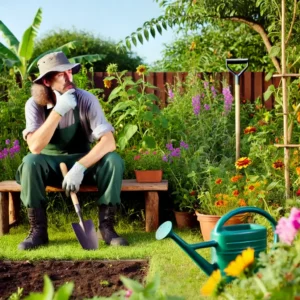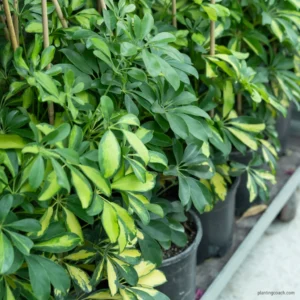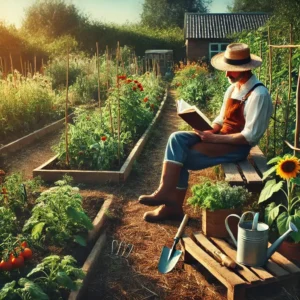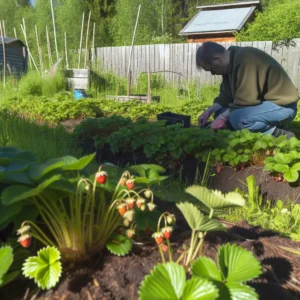Who doesn’t want to have a perfect, bountiful vegetable garden around their home? Almost everyone, right? A practice like gardening can both be a rewarding hobby and an enriching way to maintain a neat environment and proper health. The satisfaction derived from cultivating your own vegetables, watching them grow, and ultimately harvesting the fruits of your labor is incomparable. While the art of gardening may seem tiring to some, especially beginners, it becomes much more manageable and enjoyable with the proper knowledge and techniques. In this guide, we will explore the top 6 Tips for Growing the Perfect Vegetable Garden to help you establish and maintain a thriving vegetable garden, covering everything from choosing the right location to harvesting crops.
Selecting the Right Location
Sunlight Requirements
Choosing the right location for your vegetable garden is critical for successful growth. Vegetables require ample sunlight to perform photosynthesis, which is essential for their growth and development.
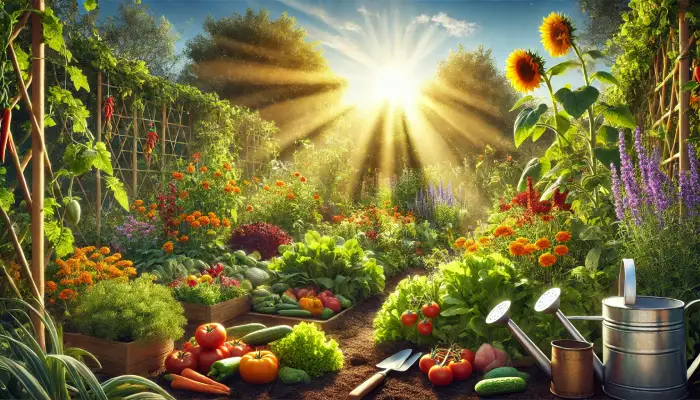
Aim for a spot that receives at least 6-8 hours of direct sunlight daily. Insufficient sunlight can lead to leggy plants and poor yields. Spend a few days observing potential garden areas at different times of the day to identify the best location. Consider the sun’s changing position throughout the growing season to ensure consistent exposure. Remember, vegetables like tomatoes, peppers, and cucumbers thrive in full sun, while leafy greens like lettuce and spinach can tolerate some shade. Proper placement will maximize photosynthesis and result in healthier, more productive plants.
Soil Considerations
Soil quality is a fundamental factor in the success of your vegetable garden. Rich, well-draining soil with a neutral pH provides an ideal environment for plant roots to access nutrients and water.
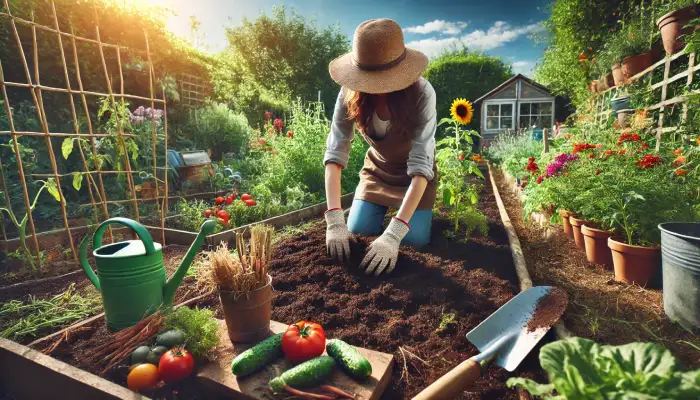
Begin with a soil test to determine the pH and nutrient levels. Amend the soil based on the results; for instance, add lime to raise the pH of acidic soil or sulfur to lower the pH of alkaline soil. Mixing the soil with organic matter such as compost or aged manure improves its fertility and structure. Organic matter boosts microbial activity, promotes good drainage, and increases water retention, all of which are essential for robust vegetable growth. Regularly adding organic matter will keep your soil healthy and productive.
Choosing Your Vegetables
Seasonal Planting
Understanding seasonal planting is crucial for a productive vegetable garden. Cool-season vegetables like lettuce, spinach, and radishes thrive in cooler temperatures and can be planted in early spring or fall. These crops can often tolerate light frosts.

Warm-season vegetables, such as tomatoes, peppers, and cucumbers, need warmer soil and air temperatures to grow well and should be planted after the last frost date in your area. Planning your planting schedule according to the seasons ensures that each vegetable grows in its optimal conditions, leading to better yields and healthier plants. Consider using a planting calendar specific to your region to time your plantings perfectly.
Companion Planting Benefits
Companion planting involves growing different plants near each other for mutual benefit. This practice can accelerate growth, repel pests, and improve the flavor of vegetables.
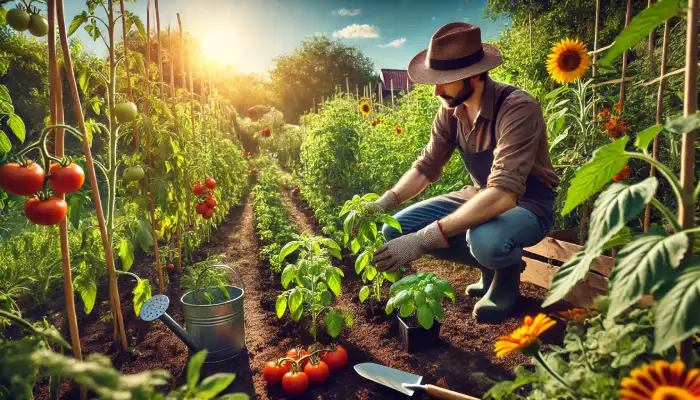
For example, planting basil near tomatoes can increase their flavor and repel harmful insects. Marigolds, when planted among vegetables, can deter nematodes and other pests due to their strong scent. Beans and peas can fix nitrogen in the soil, benefiting nitrogen-hungry plants like corn and lettuce. Companion planting can also maximize space and improve biodiversity in your garden, creating a more resilient ecosystem that naturally supports plant health.
Soil Preparation and Fertilization
Improving Soil Fertility
Improving soil fertility is vital for a successful vegetable garden. Start by incorporating organic matter such as compost, aged manure, or green manure crops. These materials enrich the soil with essential nutrients and improve its structure, promoting better root growth and water retention. Organic matter also supports beneficial microbial activity, which helps break down nutrients into forms that plants can absorb more easily. Regularly adding organic matter ensures that your soil remains fertile and productive over the long term. Additionally, consider using cover crops during the off-season to add nutrients and organic matter to the soil.
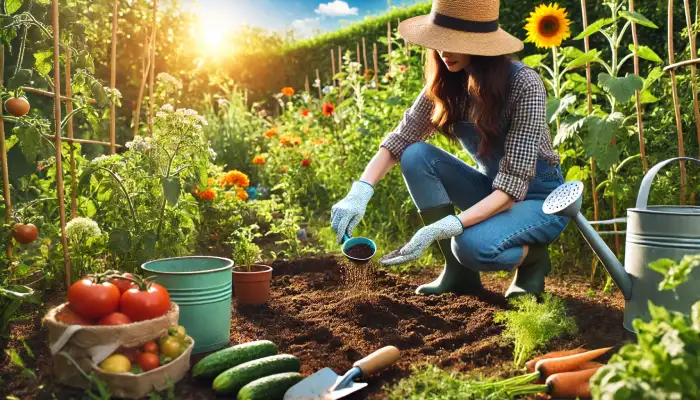
Fertilization Techniques
Effective fertilization is key to growing healthy vegetables. Organic fertilizers, such as compost, bone meal, and fish emulsion, steadily release nutrients, improving soil health over time. Apply a balanced fertilizer at the beginning of the growing season to support initial plant growth. Side-dress with specific nutrients like nitrogen or potassium as needed, based on the growth stage and requirements of your plants. Avoid over-fertilizing, which can lead to nutrient burn and environmental harm. Follow recommended application rates and timing to ensure your vegetables receive the right nutrients at the right time for optimal growth.
Planting and Maintenance
Sowing and Transplanting Tips
Proper sowing and transplanting techniques are essential for strong, healthy vegetable plants. Start seeds indoors if your growing season is short or if you want to get a head start on the growing season. Use seed trays or pots with a quality seed-starting mix. When seeds have sprouted, and seedlings have developed a few true leaves, it’s time to transplant them into the garden.
Before transplanting, harden off the seedlings by gradually exposing them to outdoor conditions over a week to reduce transplant shock. When planting seeds directly in the garden, follow the recommended depth and spacing guidelines on the seed packet. Ensure the soil is moist but not waterlogged, and gently press the soil over the seeds to ensure good contact.
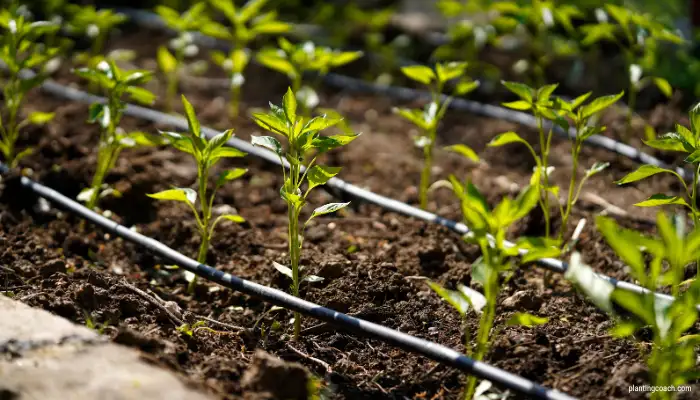
Watering Strategies
Effective watering is crucial for the health of your vegetable garden. Over-watering can cause root rot and other disease, while under-watering can stress plants and reduce yields. Water deeply but infrequently to encourage profound root growth. The best time to water is early in the morning, which allows plants to absorb moisture before the heat of the day causes evaporation. Use drip irrigation or soaker hoses to deliver water directly to the soil, minimizing waste and reducing the risk of fungal diseases. Mulching around plants can also help retain soil moisture and keep roots cool during hot weather. Regularly check soil moisture levels to ensure your plants are getting the right amount of water.
Pest and Disease Management
Natural Pest Control
Managing pests naturally is essential for maintaining a healthy, organic vegetable garden. Start by encouraging beneficial insects, such as ladybugs, lacewings, and predatory beetles, which prey on harmful pests. Planting flowers like marigolds, calendula, and dill can attract these beneficial insects. Physical barriers, such as row covers and netting, protect plants from insects and larger pests like birds and rabbits. Handpicking pests, such as caterpillars and beetles, can be effective for small infestations. Additionally, natural repellents, like neem oil or insecticidal soap, can be used to control pest populations. Regularly inspect your plants for signs of pest damage and take action instantly to prevent infestations from spreading.
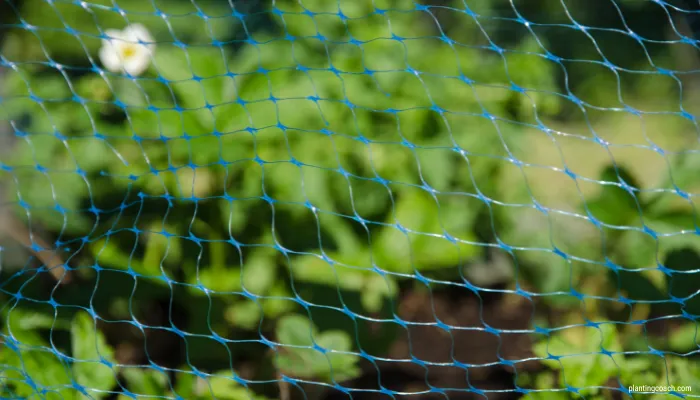
Identifying and Treating Common Diseases
Early detection and treatment of plant diseases can save your vegetable garden from significant damage. Common signs of the disease include discolored leaves, spots, wilting, and unusual growth patterns. Fungal diseases, like powdery mildew and blight, are common in humid conditions and can be treated with organic fungicides like copper or sulfur sprays. Bacterial diseases often require removing and destroying affected plants to prevent spread. Practicing crop rotation and proper spacing between plants can reduce disease risk by improving air circulation and reducing pathogen buildup in the soil. Maintaining healthy soil with good drainage and avoiding overhead watering can also help prevent disease.
Harvesting Your Vegetables
When and How to Harvest
Knowing when and how to harvest your vegetables ensures you enjoy them at their peak flavor and nutritional value. Each vegetable has specific signs that indicate it’s ready for harvest.
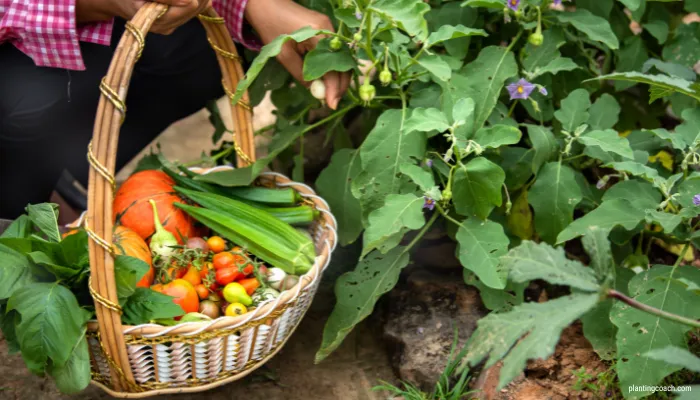
For instance, leafy greens like lettuce and spinach can be harvested once the leaves are large enough to eat. For continuous harvests, pick the outer leaves first. Tomatoes should be picked when they are fully colored and slightly soft to the touch. Cucumbers are best harvested when firm and uniformly green, typically around 6-8 inches long. Carrots are ready when their shoulders are visible above the soil. Use clean, sharp tools to cut vegetables from the plant to avoid damage and disease.
Storing Vegetables Properly
Proper storage of harvested vegetables is essential to maintain their freshness and nutritional value. Root vegetables like carrots and beets can be stored in cool, moist conditions, such as a root cellar or refrigerator drawer. Leafy greens should be refrigerated and kept in moisture-retaining packaging, such as plastic bags or containers.
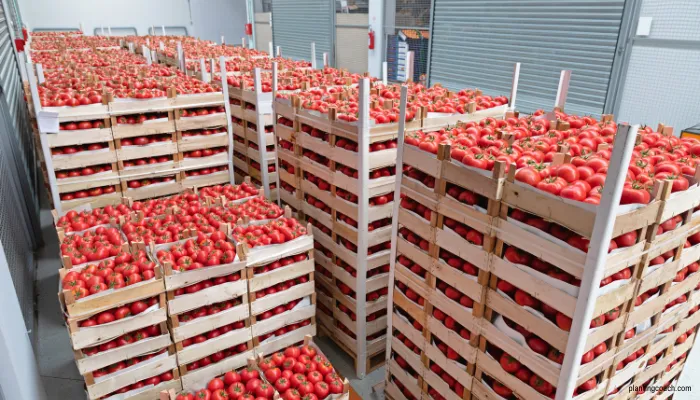
Tomatoes should be stored at room temperature, away from direct sunlight, to preserve their flavor and texture. Herbs can be dried or frozen for long-term storage. Properly storing your vegetables ensures you can enjoy your harvest for weeks or even months after picking.
Summary
Cultivating the perfect vegetable garden is a rewarding practice that combines careful planning, diligent care, and a bit of patience. By selecting the right location, preparing the soil properly, choosing suitable vegetables, and managing pests and diseases effectively, you can create a thriving vegetable garden. Proper watering, planting, and maintenance practices further ensure healthy growth and abundant yields. Harvesting at the right time and storing vegetables correctly will help you enjoy the fruits of your labor at their best. As you gain experience and apply these tips, you’ll find your skills improving and your garden flourishing.
FAQ
Q1: What are the easiest vegetables to grow for beginners?
Radishes, lettuce, and tomatoes are great for beginners. Radishes grow quickly, lettuce can be harvested multiple times, and tomatoes, though needing staking, are generally hardy and productive. Zucchini, green beans, and carrots are also easy to grow and rewarding.
Q2: How do I improve poor soil for a vegetable garden?
Improve soil by conducting a soil test and adding organic matter like compost or well-rotted manure. Adjust pH with lime (for acidity) or sulfur (for alkalinity). Use cover crops in the off-season and practice crop rotation to maintain soil health.
Q3: Can I use leftover kitchen scraps as compost for my vegetable garden?
Yes, kitchen scraps like fruit peels, coffee grounds, and eggshells can be composted. Avoid meat, dairy, and oily foods. Layer green materials with brown materials in a compost bin, keep it moist, and turn regularly to create rich compost for your garden.
Q4: How can I naturally deter deer and other animals from my vegetable garden?
For smaller animals, use physical barriers like tall fences and buried edges. Natural repellents such as garlic or hot pepper sprays can help. Plant unappealing herbs like lavender and rosemary around your garden, and use motion-activated sprinklers or lights to startle animals.
Q5: What are the signs that vegetables are ready to be harvested?
Harvest leafy greens when leaves are large enough. Tomatoes are ready when fully colored and slightly soft. Cucumbers should be firm and green, about 6-8 inches long. Carrots are ready when their shoulders show above the soil. For root vegetables like potatoes, wait until the foliage dies back.
